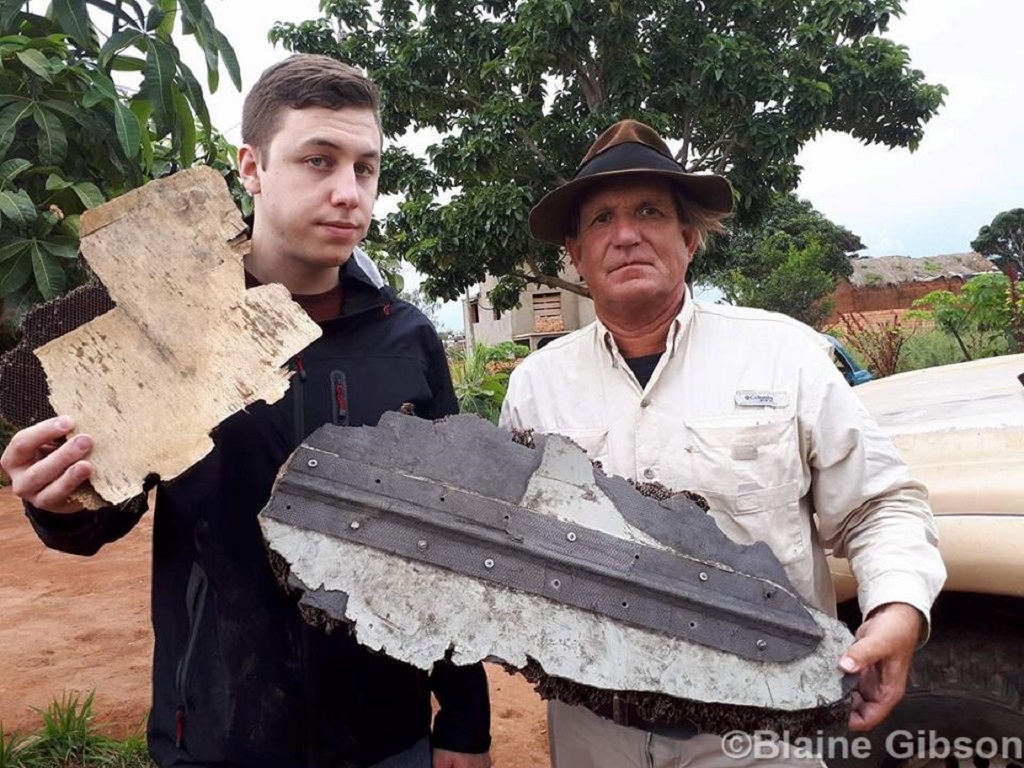Malaysia has agreed to collect two pieces of critical debris from MH370 that were found almost two years ago and were the subject of an alleged assassination.
The two pieces, discovered by local villagers, reinforce the high-speed crash theory, according to wreck hunter Blaine Gibson.
The pieces – one from the interior, the other a fin of the engine – were found in September 2016 by local villagers at beaches on Madagascar.
The villagers were made aware of the significance of the debris after visits by Blaine Gibson and relatives of those lost on Mh370.


“It’s an example of debris that sat around for a while until they learned what is was and needed to be handed over,” said Mr Gibson.
The two items were due to be picked up in August last year by Zahid Raza, the Honorary Malaysian Consul in Madagascar, when he was assassinated.
Read: Garuda, Lion Air and Batik Air achieve top safety ratings.
Under the agreement between the two countries, debris was supposed to be collected by Zahid Raza and delivered by private courier to Malaysia.
Mr Gibson said that he had been in communication with the new Malaysian government about the two pieces and has been told it was arranging to have them collected.
Mr Gibson told AirlineRatings.com that the news that Malaysia would collect the pieces was very encouraging.
“If locals think the pieces will be collected then they will hand more in,” he said.
“This is very important as the smallest pieces can give vital clues and we need every clue to solve this terrible tragedy.”
However, Mr Gibson was coy on his plans to resume his efforts to collect debris and make locals aware of its importance.
“I understandably won’t publicly say if I am continuing my debris search and investigation due to the defamation intimidation and threats,” Mr Gibson said
The interior cabin piece is just more evidence that the Boeing 777 was in a high-speed state when it hit the water rather than a controlled low-speed landing says Mr Gibson.
The other piece of part of the vortex generator (small fin) on top of the engine also reinforces a high-speed impact.
Separately, the Ocean Infinity-led second search ended on Friday after the last AUV was removed from the ocean.
























